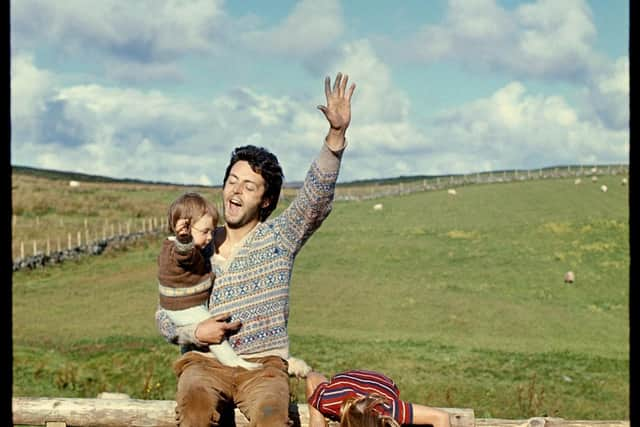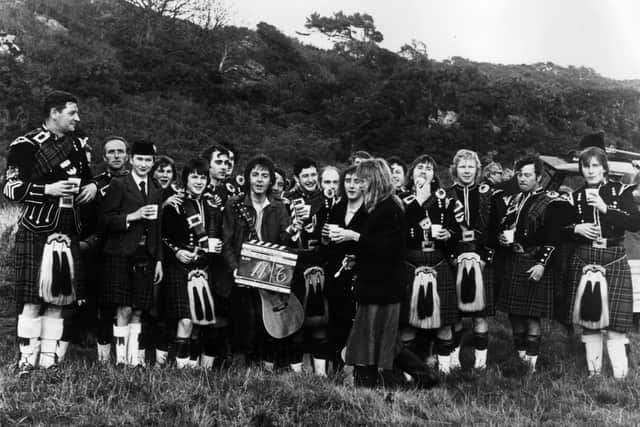Paul McCartney at 80: The remote corner of Scotland that inspired the Beatles legend to return to music
But Paul McCartney was to find salvation as well as inspiration in the rural Argyll countryside he relocated to following the bitter break-up of his band.
And the landscape he retreated to would later be immortalised by McCartney in one of Scotland’s most successful musical anthems.


Advertisement
Hide AdAdvertisement
Hide AdThe Liverpudlian, who turns 80 today, has long credited his decision to move to High Park Farm, near Campbelltown, in the Kintyre peninsula, with the revival of his musical career following the demise of the “Fab Four”.
His decision to buy a run-down farmhouse and the surrounding 183-acre estate was initially influenced by his financial advisors, who told him to invest in property to protect his earnings from the taxman.
One of his first journeys there was to provide the inspiration for The Long and Winding Road, one of the songs on the final Beatles album.


However, by the time it was released they had broken up.
It was to High Park Farm that McCartney retreated for a new life with his wife Linda, who he had married in 1969, and try to escape the public eye.
Recalling their move there in 1971, McCartney said: “We were completely cut off on our farm. So we just made our own fun. We drew a lot, we wrote a lot. We inspired each other.
"Linda took a lot of photographs, and I think Scotland helped her find a new side to her work, moving away from musicians and capturing nature and the everyday of family life.


“I’d grown up in Liverpool and gone on the road with The Beatles around the world and then around again, and now here I was on a farm in the middle of nowhere, and it was sensational.
Advertisement
Hide AdAdvertisement
Hide Ad"Going up to Scotland was real freedom. It was an escape – our means of finding a new direction in life and having time to think about what we really wanted to do.”
Paul and Linda would go on to form their own band Wings, building their own makeshift recording studio, dubbed “Spirit of Ranachan", next to their farmhouse.
The band, which lasted for ten years, is undoubtedly best-remembered for Mull of Kintyre, which would go on to sell more than two million copies following its release in 1977.


McCartney recalled: “I think a lot of English people, or non-Gaelic people, have a Gaelic dream, a romantic idea of Scottish history, or Irish history, and if your ancestors were from Ireland, as mine were, it’s even more important to you because you have a right to play into the dream.
“Very early on, John [Lennon] had Scottish relatives, and he would go up there and stay in a croft somewhere, and I thought ‘wow, that’s wildly romantic’. So this song was a way of plugging into that feeling and being proud of this area where I was living.
“One day it occurred to me that there were no new Scottish songs; there were lots of great old songs that the bagpipe bands played, but nobody had written anything new. So, that was an opportunity to see whether I could. A new Scottish song written by a Sassenach? That would be fun.”
Comments
Want to join the conversation? Please or to comment on this article.

